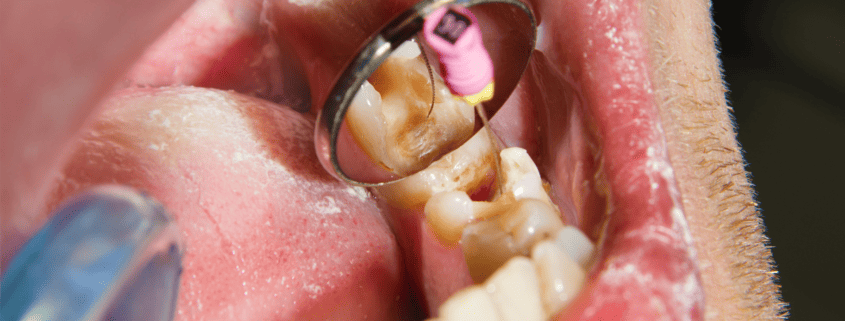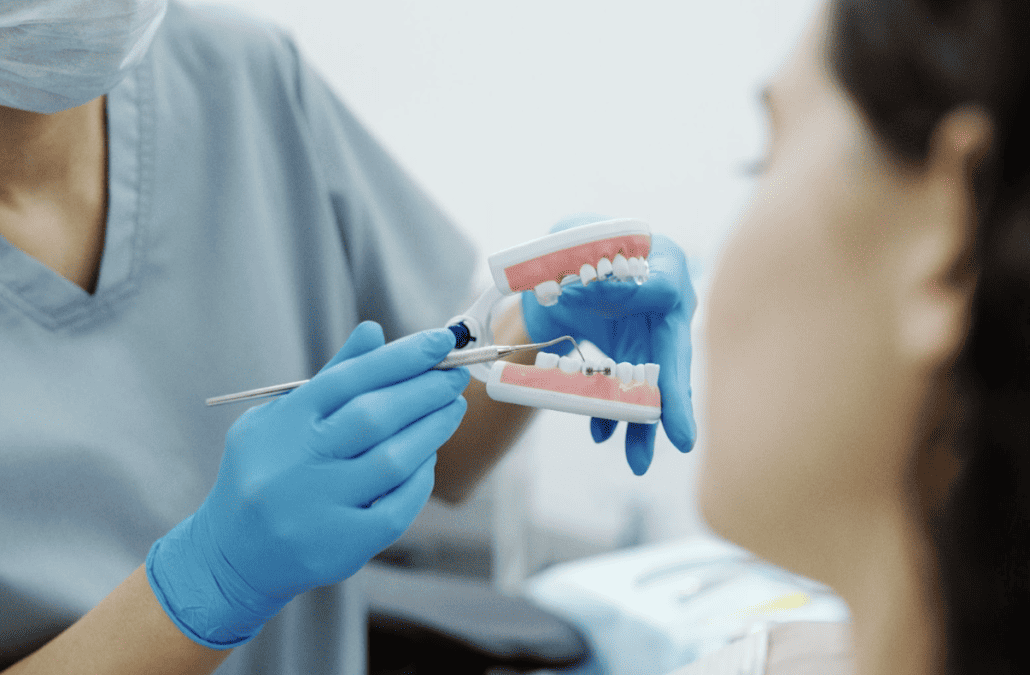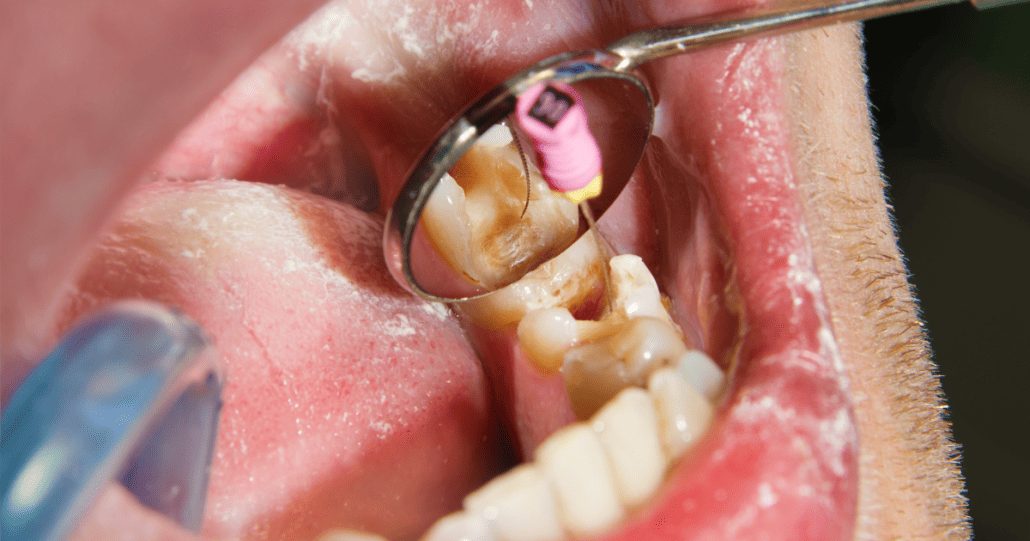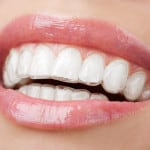Can You Get Fillings with Braces – Orthodontic Treatment Plan
Last Updated on April 21, 2024 by Gio Greenard
Is it possible to have fillings while wearing braces? This is a common question among orthodontic patients who require dental restorations.
The answer is yes! Fillings can indeed be done while wearing braces. Both dental fillings and braces are crucial components in maintaining optimal oral health. They can work together harmoniously to achieve the desired outcome.
Dental fillings are essential for treating tooth decay, and braces help align teeth and correct bite issues. It’s vitally important to address tooth decay promptly! This will prevent further damage and complications. Fortunately, modern dentistry offers various types of fillings, which can be effectively used even with braces.
So, if you’re braces and a filling is on the horizon, don’t fret! Your dental experts will join forces to ensure the best possible outcome for your teeth. Read more..
Contents
- 1 What Are Dental Fillings? And Their Role in Treating Tooth Decay?
- 2 The Unique Challenges and Considerations of Getting Fillings with Braces
- 3 Assessing the Need for Fillings: A Collaborative Process
- 4 What Types of Fillings are Compatible With Braces?
- 5 When and Why You Might Need Temporary Removal of Braces
- 6 Are There any Risks Associated With Getting Fillings While Wearing Braces?
- 7 How Does Orthodontic Treatment Impact The Need For Fillings?
- 8 Conclusion
What Are Dental Fillings? And Their Role in Treating Tooth Decay?
Dental fillings play a crucial role in treating tooth decay and preserving the overall health of our teeth. When tooth decay occurs, it causes the deterioration of the tooth structure, leading to cavities.
Dental fillings serve as restorative materials that are placed in the affected areas to repair the damage caused by decay. Your doctor can restore the tooth’s functionality and prevent further decay by removing the decayed portion of the tooth and filling it with suitable materials.
The Unique Challenges and Considerations of Getting Fillings with Braces
Braces can present challenges when it comes to dental fillings. The presence of orthodontic appliances like brackets and wires can complicate the process of assessing and treating cavities.
Orthodontists must collaborate closely with other oral health physicians to ensure the best outcome for patients requiring braces and dental fillings. Here are some challenges and considerations they face:
- Braces can obstruct the orthodontist’s access to the affected tooth, making it harder to reach and prepare the cavity for filling. Additional techniques and tools may be needed to ensure proper access during the filling procedure.
- The brackets and wires of braces can hinder the orthodontist’s view. This can make it challenging to accurately assess the extent of decay and thoroughly clean the area before placing the filling. Special instruments and techniques may be necessary to overcome these visibility challenges.
- Attaching the filling material to the tooth’s surface can be more complex with braces. The adhesive used for bonding the filling material must be applied carefully. This ensures a secure and long-lasting bond, considering the presence of brackets and wires.
By acknowledging and addressing these challenges, orthodontists can work together with their peers. This will help them provide comprehensive care that promotes oral health and a beautiful smile for patients requiring braces and dental fillings.
Remember, your oral health should always be a priority, braces or no braces.
| Step | Description |
|---|---|
| 1 | Dentist navigates around braces |
| 2 | Decay is removed and area is cleaned |
| 3 | Filling material is applied |
Assessing the Need for Fillings: A Collaborative Process
The orthodontist evaluates the patient’s oral health in conjunction with other dental professionals during routine dental checkups. A dental X-ray provides a comprehensive view of the teeth, including areas that may be difficult to inspect visually. An X-ray can reveal cavities or signs of tooth decay that may not be visible during a clinical examination.
This allows an orthodontist to identify cavities or tooth decay early on and create a treatment plan that considers factors like the patient’s overall oral health, the stage of orthodontic treatment, and the location and severity of the decay. Collaboration ensures that the best treatment timing and sequencing are achieved.
X-rays can also reveal how much structural damage has been caused by the cavity or tooth decay, allowing the orthodontist to determine the most effective treatment plan. Additionally, X-rays can detect any underlying issues that may be affecting the patient’s oral health, such as gum disease, which can further complicate the orthodontic treatment plan.
What Types of Fillings are Compatible With Braces?
When it comes to getting fillings with braces, there are a few options that are compatible. The most common type of filling is the composite filling, which is made of a mixture of plastic and glass. This type of filling is compatible with braces because it is bonded to the tooth using a special adhesive. This means that the filling will not interfere with the brackets or wires of the braces and will not cause any damage to them.
Another type of filling that is compatible with braces is the amalgam filling. This type of filling is made of a mixture of metals, including silver, tin, and copper. Like composite fillings, amalgam fillings are bonded to the tooth using a special adhesive, which means that they will not interfere with the braces. However, some people may prefer composite fillings over amalgam fillings because they are tooth-colored and blend in with the natural color of the teeth.
Porcelain fillings, also known as inlays or onlays, are another option for people with braces. These fillings are custom-made in a dental laboratory and are designed to fit perfectly into the cavity of the tooth. Porcelain fillings are bonded to the tooth using a special adhesive, which means that they are compatible with braces. However, they are more expensive than composite or amalgam fillings and may not be covered by insurance.
It is important to note that while fillings are compatible with braces, it is still important to maintain good oral hygiene to prevent cavities from forming in the first place. This includes brushing twice a day, flossing daily, and visiting the dentist regularly for cleanings and check-ups. If you do need a filling while you have braces, your dentist will work with your orthodontist to ensure that the filling is placed in a way that does not interfere with your treatment.
| Type of Filling | Material Composition | Advantages | Disadvantages |
|---|---|---|---|
| Silver Amalgam | Mixture of silver, tin, zinc, copper, and mercury | – Strong and durable | – Not aesthetically pleasing |
| – Cost-effective | – Can expand and contract, causing cracks | ||
| – Easy for dentists to fit | – Spaces can trap food and bacteria | ||
| – No concerns about contamination | – FDA recommends against certain high-risk groups | ||
| Composite | Resin and plastic material | – Matches tooth color | – Shorter lifespan (5 to 10 years) |
| – Provides support to the existing tooth | – Higher cost compared to silver amalgam | ||
| – Used for repairs other than cavity filling | – May chip off depending on location | ||
| Ceramic | Porcelain | – Aesthetically attractive | – More brittle, may require larger space |
| – Resistant to staining and abrasion | – More expensive than other types | ||
| – Lasts more than 15 years | – Requires tooth to be made larger | ||
| for additional bulk | |||
| Glass Ionomer | Glass and acrylic | – Releases fluoride to protect from decay | – Weaker than composite resin |
| – Suitable for children with changing teeth | – More likely to crack or wear out | ||
| within a few years | |||
| Gold | Gold | – Very durable, lasts 10 to 15 years or more | – Expensive, may require multiple visits |
| – Pleasing appearance for some patients | – Potential for galvanic shock | ||
| when combined with silver amalgam filling | |||
| – Most patients prefer tooth-colored fillings |
When and Why You Might Need Temporary Removal of Braces
In certain cases, temporary removal of a section of your braces becomes necessary to facilitate filling procedures. This step allows the orthodontist better access to the affected teeth, ensuring the cavities can be effectively treated. By temporarily removing the braces, improved visibility and maneuverability is found.
Typically, if the cavity is in a spot easily accessible without disturbing the braces, you’re in luck – no removal necessary! However, if the cavity is directly beneath a bracket or wire, your orthodontist might need to remove that section temporarily. But don’t fret! They’ll replace it once the filling is done.
Yes, the idea of partially removing your braces might make you a little anxious. But remember, it’s just a temporary goodbye. Your orthodontist will make sure to replace everything once your filling is complete. After all, the ultimate goal is to ensure your mouth is a haven of oral health.
Are There any Risks Associated With Getting Fillings While Wearing Braces?
Getting fillings while wearing braces is generally safe and common. However, there are some risks associated with the procedure that patients should be aware of. One risk is that the filling material may not adhere properly to the tooth surface due to the presence of brackets and wires. This can result in the filling falling out or becoming loose, which may require additional dental work.
Another risk is that the filling material may stain or discolor more easily around the brackets and wires, making it more noticeable than fillings on teeth without braces.
Additionally, the process of getting fillings while wearing braces may take longer and require more effort from the dentist to ensure that the brackets and wires are not damaged during the procedure.Overall, while there are some risks associated with getting fillings while wearing braces, they are generally minor and can be mitigated by working with an experienced and skilled dentist.
How Does Orthodontic Treatment Impact The Need For Fillings?
Orthodontic treatment can impact the need for fillings in a few ways. First, braces can make it more difficult to properly clean teeth, leading to an increased risk of cavities. This is because braces create more areas for food and bacteria to get trapped, making it harder to brush and floss effectively.
Additionally, the pressure and movement of braces can cause teeth to shift and change position. This can create new areas where teeth may come into contact with each other in ways that they didn’t before, potentially leading to increased wear and tear on the teeth and an increased risk of cavities or other dental issues.
However, it’s important to note that orthodontic treatment can also help prevent the need for fillings in some cases. By properly aligning teeth and improving the bite, braces can help reduce the risk of certain dental problems that may lead to cavities or other issues. Additionally, by making it easier to clean teeth properly, braces can help reduce the risk of cavities and other dental problems overall.
Conclusion
In conclusion, combining dental fillings and braces is a comprehensive approach to ensure both oral health and a beautiful smile. By working closely with your orthodontist and other dental professionals, a tailored treatment plan can be developed to address both your orthodontic needs and any necessary dental fillings. Regular dental check-ups, maintaining good oral hygiene, and effective communication between your dental care providers are vital for a radiant and healthy smile. Remember, achieving optimal oral health is a collaborative effort!
If you’re in Manhattan Beach, CA, and looking for expert orthodontic care, consider Beach Braces for professional guidance and treatment. Take the first step towards a healthier, more beautiful smile by scheduling a consultation at Beach Braces in Manhattan Beach today. Your smile deserves the best care!

Dr Patti Panucci attended the University of Louisville School of Dentistry for four years, where she graduated with a DMD degree (May 2000) among the Top 10 in her class. Following that, she headed west to Los Angeles to complete her three-year residency at one of the top-ranked orthodontic programs in the country – the University of Southern California.
Along with her certificate in orthodontics, Dr. Panucci earned a master’s degree in craniofacial biology. During those three years, she fell in love with Southern California beach life and decided that this was where her future lay.






Leave a Reply
Want to join the discussion?Feel free to contribute!